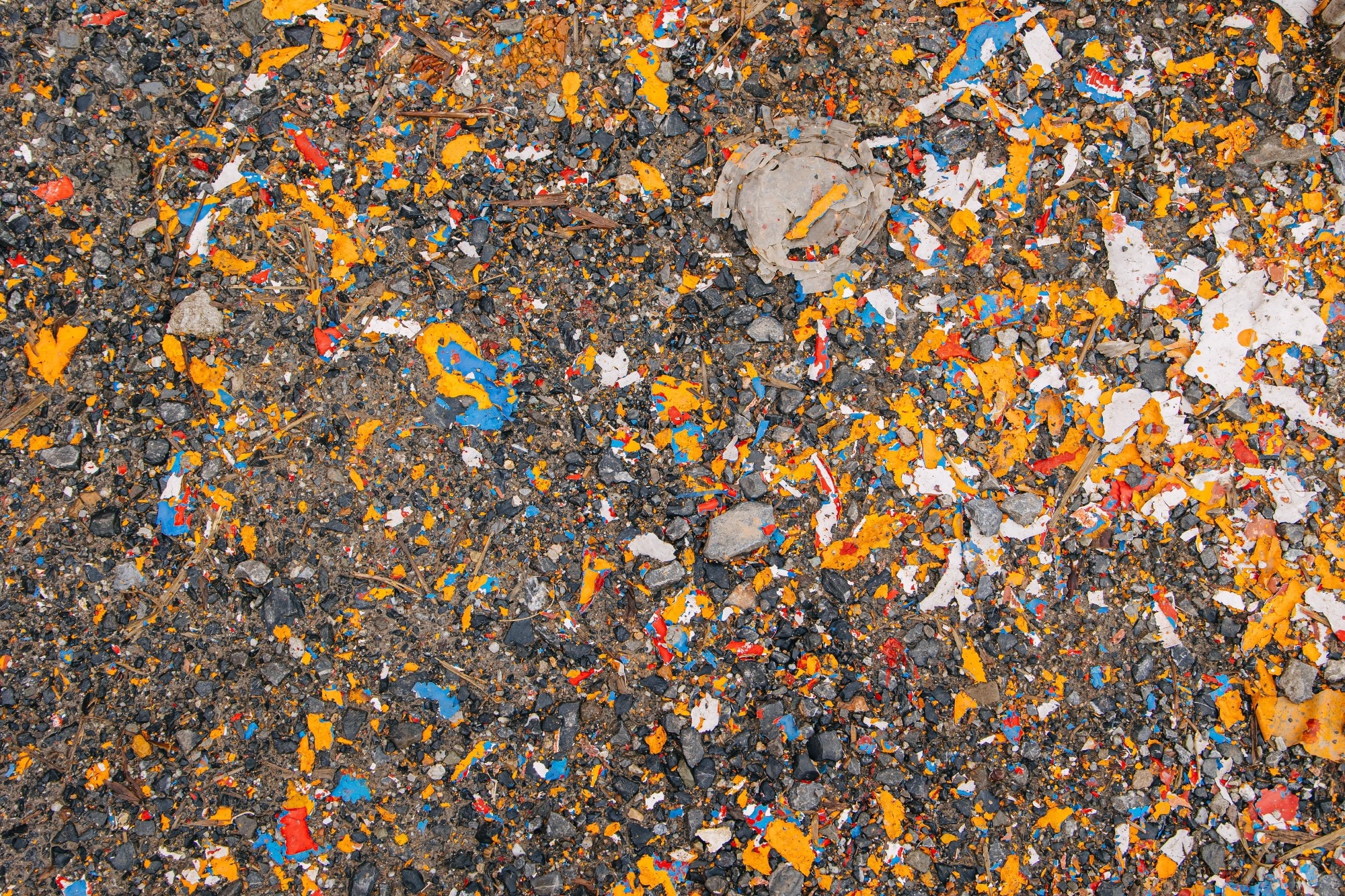Scientists have developed a simple sonication method to create nanoplastics that closely mimic environmental particles, promising more realistic studies of their ecological impact.

Image Credit: Quality Stock Arts/Shutterstock.com
Plastics like polyethylene, PET, and polystyrene are used worldwide. Through wear and tear, recycling and chemical disintegration, they eventually break down in nature into tiny fragments. Less than 100 nanometers in size, these nanoparticles are a growing concern as they are being found in organisms and ecosystems.
Scientists are investigating the effect of these plastic nanoparticles in the lab, but most synthetically produced nanoplastics are made using solvents or lots of energy. These chemical processes can create particles that look and behave differently from those formed by natural wear and tear.
The resulting gap between real-world and lab-made particles has made it difficult to study the true risks posed by nanoplastic pollution.
Mimicking Natural Wear And Tear
In the study, published in Nano Express, researchers demonstrate a more natural way to produce nanoplastics. They started with familiar plastic waste (PET bottles, tire wear material, and polystyrene foam) and cryogenically milled them into fine powders to increase surface area and make them more susceptible to fragmentation.
The powders were suspended in ultrapure water inside a temperature-controlled ultrasonic bath. Sonication generated cavitation, which is the rapid formation and collapse of bubbles, causing mechanical stress and breaking the polymers down to the nanoscale.
The team fine-tuned factors such as energy input, sonication duration, and water temperature to avoid melting the polymers or altering their chemical structure. After sonication, they filtered out larger debris through successive glass fibre filters with pore sizes of 10 µm and 1 µm, leaving only the nanoscale particles in suspension.
Testing And Results
The experimental method was completed by different analysts on different days, and results were found to be reproducible. Dynamic light scattering confirmed hydrodynamic diameters centred around 150-300 nm, while nanoparticle tracking analysis measured concentrations near 2×109 particles per millilitre.
Scanning electron microscopy (SEM) revealed a range of heterogeneous particle morphologies, spherical, elongated, and irregular, matching the diversity observed in naturally weathered nanoplastics.
The optimal energy density to produce the desired nanoparticle sizes and shapes was about 7.0 kJ/mL. Lower energy levels yielded incomplete fragmentation, while excessive sonication led to particle agglomeration or deformation.
Some polymers, notably polyethylene, produced fewer nanoparticles, likely because of stabilising additives such as antioxidants and plasticisers impeding their degradation.
Potential For Wider Use
The researchers demonstrated the scalability and straightforwardness of their method. Using only standard lab equipment, it is accessible for all labs studying nanoplastics and their effects on wildlife, water quality, and human health.
By producing particles that better reflect environmental reality, they hope the technique will improve the accuracy of studies on how nanoplastics move through ecosystems and interact with living organisms.
The findings are a significant advance toward establishing standardized testing protocols and improving plastic pollution investigations.
Journal Reference
Adelantado C., et al. (2025). A sonication-assisted method for the production of true-to-life nanoplastics from polymeric materials. Nano Express, 6, 035004. DOI: 10.1088/2632-959X/adeba4, https://iopscience.iop.org/article/10.1088/2632-959X/adeba4